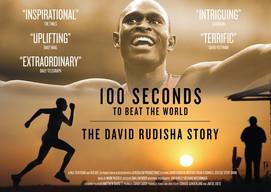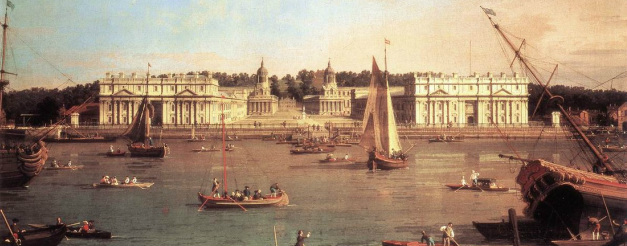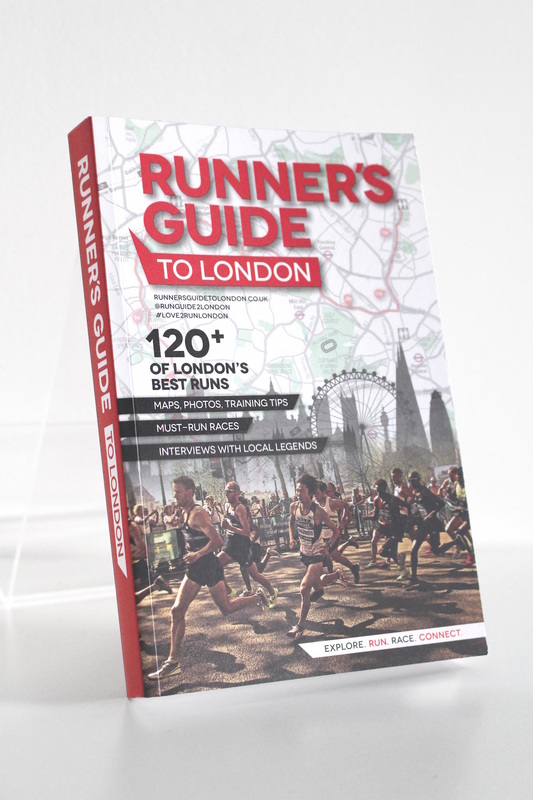| Genre: Sports Doco Released: July 22, 2014 Starring: David Rudisha, Brother Colm O'Connell, Seb Coe, Steve Cram & James Templeton Director: Ed Sunderland & Jim de Zoete Length: 60 minutes Website |
100 Seconds--the story of 800m world record holder and London 2012 gold medalist David Rudisha—is most definitely one of the latter.
This moving documentary follows, for 10 years, the unlikely duo of Rudisha and his coach Brother Colm (who leads a Batman-style double existence of being an Irish missionary and perhaps the most successful running coach in history).
From humble beginnings at a teenaged training camp in Iten (Kenya), historical footage captures the beautiful humility of both these legends of running.
Brother Colm has never run a race in his life, but understands the physche of the runner, and in particular the Kenyan runner, like few coaches on this planet. He openly explains that he has no training secrets, but that it is all about training the mind of the athlete.
His techniques are a far cry from the multi-million dollar high performance centres we expect for our own athletes. Yet with his Olympic medal tally (of athletes he has coached at some stage) well into the dozens, it's hard to argue with his methods.
The narrative arc of the doco starts with the rise of a young Rudisha as he claims the 800m world junior title but then runs into several years of injury and disappointment. At these times, the faith and stickability of both coach and athlete shine through, with the eventual happy ending of that incredible night two years ago at London's Olympic Park.
If you're a Londoner at all interested in running, no doubt you were glued to the screen (or at the stadium) while Rudisha lead from the gun at world record pace. He laid everything on the line and ended up holding on for the win and a new WR (the first man to go sub-1:41). In the process he dragged the rest of the field through for six either national records or PBs and one season's best.
The race is arguably the greatest track race of all time, but what really makes it for me (and what makes this documentary so exceptional) was the sheer and uninhibited joy expressed by Rudisha in achieving his lifetime goal. No show-boating, no tough-guy poses, just pure, humble, uncontrollable joy.
This brilliant BBC documentary captures the back story behind the two men that made that moment in athletics history happen. It celebrates running. It celebrates life.
Book away 60 minutes to watch it this week. You'll be moved and inspired.
Review by Hayden Shearman





 RSS Feed
RSS Feed


